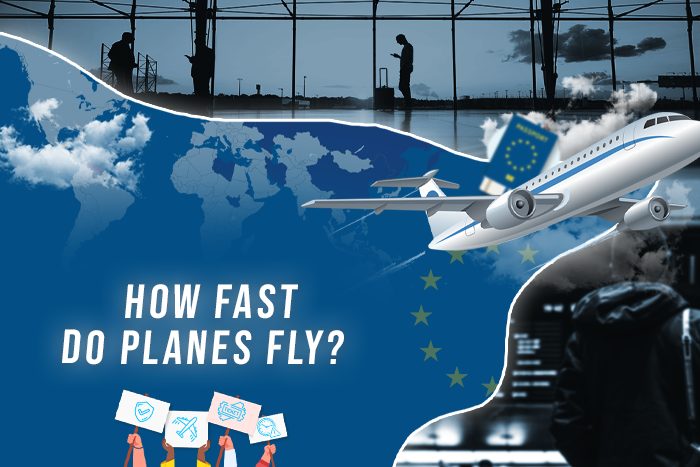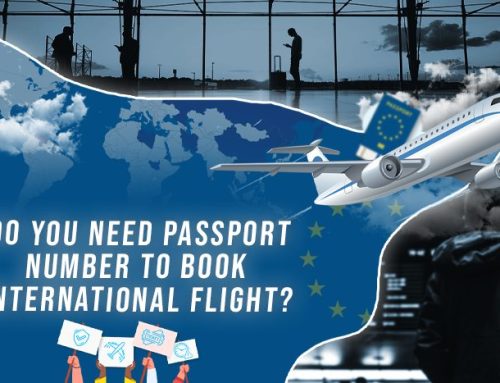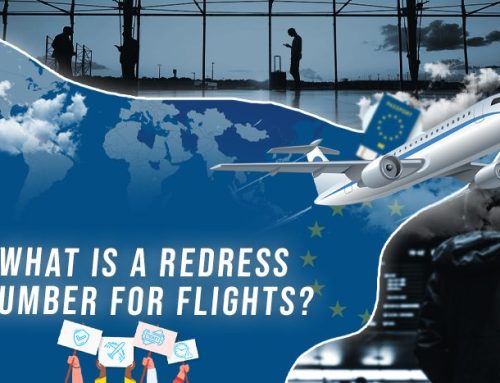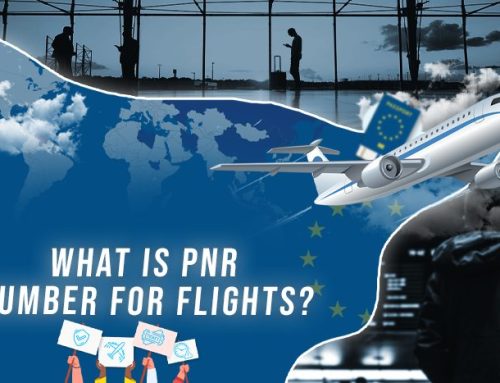When you see a plane in the sky, it doesn’t look like they’re moving too fast, nor does it feel like it when you’re on the airplane. You really only feel the movement if you’re taking off, landing, or encountering turbulence during your flight. Your ears might pop, or your stomach feels like it jumps into your chest.
All other times, it feels like smooth sailing. You can track the distance flown on the tablet on the back of most seats, but have you ever wondered exactly how fast do planes fly? Typically a commercial jet can fly between 740-930 kilometers per hour, while private planes can travel up to 982 kilometers per hour. This will vary based on the size and weight of the aircraft, weather conditions, and more.
Key Takeaways
- Commercial jets typically fly between 740-930 kph, while private planes can travel up to 982 kph, depending on various factors such as weather conditions and the size and weight of the plane.
- The wind can have a significant impact on a plane’s speed, with headwinds slowing it down and tailwinds helping it fly faster. Weather conditions, such as snow and thunderstorms, can also impact a plane’s speed.
- There are two types of speed to consider when talking about how fast planes fly: airspeed and ground speed. Airspeed is the speed of the air as it travels over the wing, while ground speed is the amount of time it takes to cover a certain distance over the ground. Factors such as air traffic control and intentional slower speeds to save fuel can also impact a plane’s speed.
What Impacts How Fast Planes Can Fly?
Just because a plane is capable of flying 740-930 kilometers per hour doesn’t mean it always will. The exact speed your plane can fly depends on many different factors, including weather conditions, the size and weight of the plane, and more. If any of these are not in your favor, you’re in for a longer flight.
One of the most significant impacts on how fast your plane can fly is the wind, particularly its speed and direction. If you are facing strong headwinds when you’re flying, then the plane will go slower, increasing the time it will take to get you to your destination. Luckily, the opposite is true too! If you encounter tailwinds, then you will fly faster, getting you to your destination quicker while using less fuel.
Additionally, if you face harsh weather conditions like snow, sleet, rain, thunderstorms, and more, your pilot may adjust their speeds based on safety measures. The goal is not to get you to your destination the quickest – though that’s certainly a great perk – it is to get you to your destination safely.
The weight of the plane also impacts how fast it can travel – so now those weight restrictions on your baggage make sense! If you have a higher weight, then you will accelerate slower. You’ll need more time to take off because it takes longer to achieve the proper lift-off speed. Each plane has a maximum weight that it can hold until it becomes unsafe to fly.
What Are The Different Types Of Speed?
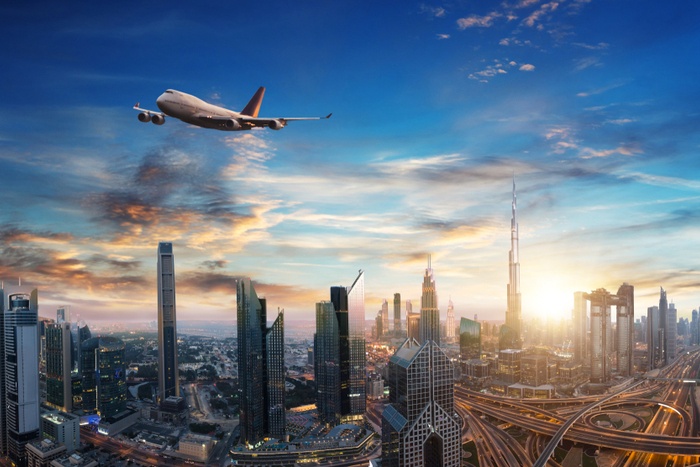
When you’re talking about how fast do planes fly, there are two different types of speed to take into account: Airspeed and ground speed.
Airspeed is measured by the speed of the air as it travels over the wing. This will indicate how much lift the wing will produce, which is the force that makes it possible for planes to fly altogether. What’s interesting is that a plane can have airspeed even as it sits on the ground!
Airspeed matters to pilots over ground speed, which is the amount of time it takes you to cover a certain distance over the ground. When a plane hits its optimal cruising speed, it could have a ground speed anywhere between 555 kph to 11,111 kph. Again, you’ll notice a difference in the ground speed based on the wind – if it’s working in your favor or against it. Tailwinds will help your plane fly faster, while headwinds will slow it down.
In the end, many factors determine how fast do planes fly, but innovations in technology improve flight times incrementally year over year.
Frequently Asked Questions
-
How fast do commercial jets typically fly?
Commercial jets can typically fly between 740-930 kph, depending on various factors such as weather conditions, the size and weight of the plane, and more.
-
How fast can private planes travel?
Private planes can travel up to 982 kph, depending on various factors such as weather conditions, the size and weight of the plane, and more.
-
What factors impact a plane’s speed?
Several factors can impact a plane’s speed, including weather conditions such as wind, the size and weight of the plane, and airspeed vs ground speed.
-
How does wind impact a plane’s speed?
Headwinds can slow a plane down, while tailwinds can help it fly faster.
-
What is airspeed?
Airspeed is the speed of the air as it travels over the wing, which indicates how much lift the wing will produce and is the force that makes it possible for planes to fly altogether.
-
What is ground speed?
Ground speed is the amount of time it takes to cover a certain distance over the ground, and can vary depending on factors such as wind.
-
How do weight restrictions impact a plane’s speed?
If a plane is carrying more weight, it will accelerate slower and require more time to take off due to the need to achieve the proper lift-off speed.
-
How do weather conditions impact a plane’s speed?
Harsh weather conditions such as snow, sleet, rain, and thunderstorms can impact a plane’s speed, and pilots may adjust their speeds based on safety measures.
